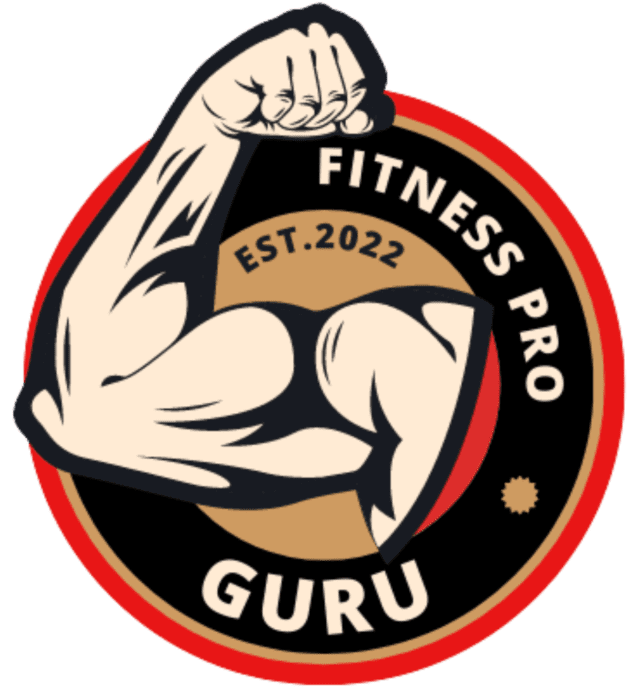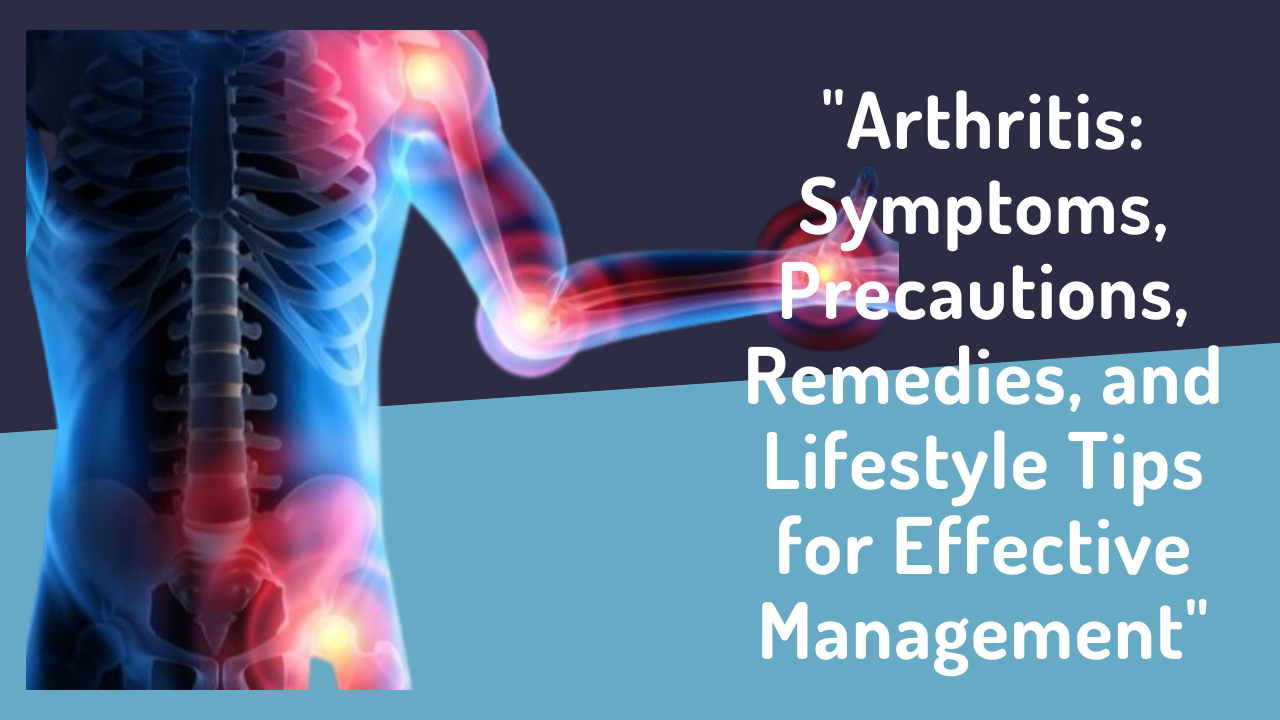

There are many causes for muscle twitching and cramping, but the most common one is an imbalance of electrolytes, which often includes sodium, potassium, magnesium, and calcium.
Are back pain keeps you upset? know what is the reason and home remedies
Electrolyte gradients charge nerve firing and muscle contraction just like in a battery. When these electrolytes are out of balance, the control of the nerve and muscle discharge becomes out of sync. Thus, muscles fire without the nerve, and nerves fire without being told to by your brain.
Intense training, the type where you pour buckets of sweat, can cause electrolyte imbalances. Training in excessive heat can exacerbate fluid and electrolyte loss.
How to control cramps?
The result can be muscle twitching, or an excruciating cramp (if you’ve ever been awoken by a calf cramp, you know how bad that is). So what’s your play? Consider replacing electrolytes and fluids with a sports drink, banana, or supplementation. If you get cramps regularly, a potassium and magnesium supplement might do the trick. Double-check that you’re getting a daily dose of calcium and vitamin D, and salt your food as needed.
Sometimes, the electrolyte loss can be because of medications, such as diuretics for blood pressure or beta-blockers for asthma. Some cholesterol medications (statin) can also cause leg cramps that manifest at night. Your doctor should know if your medications might contribute to your twitchy or cramping muscles. So when in doubt, ask. Sometimes the fix can be as easy as prescribing an alternative or adjunctive medications like potassium pills or coenzyme Q10.
Over-training can be another culprit.
Whether you’re using too much volume or intensity, or you’re not allowing for adequate recovery, the neuromuscular fatigue—fatigue of the muscle or nerve supply of that muscle—can lead to increased excitability of the muscle where the by-product is twitching and cramping. Change in your training and allow fatigued muscle groups to rest. Dedicate more focus on getting better sleep and whole-food nutrition.
Good news for Diabetes Patients now scientists makes the best alternative of insulin injection
Eat more leafy, green veggies such as kale and spinach, which are rich in antioxidants and phytonutrients.




